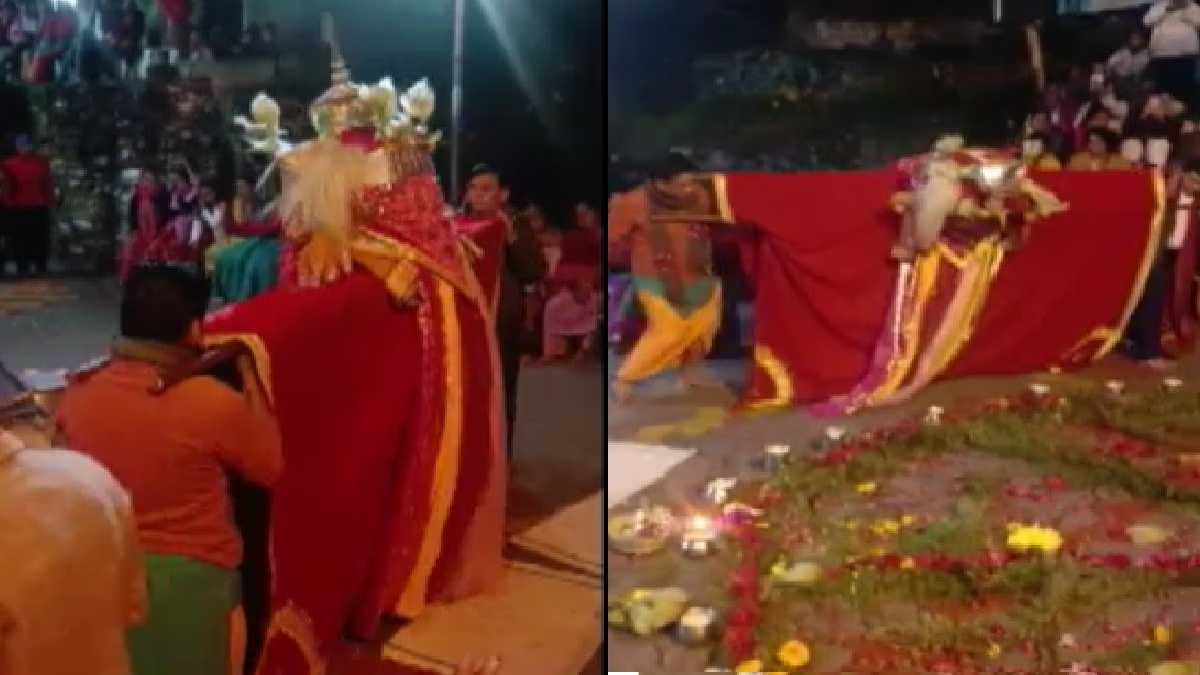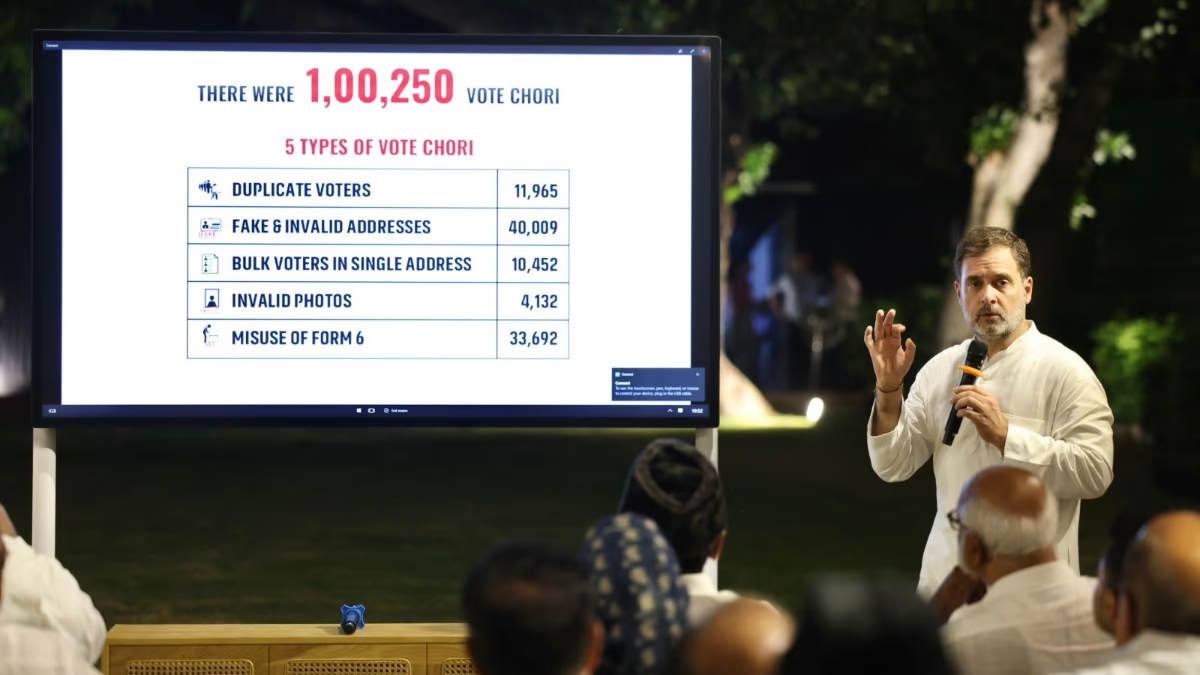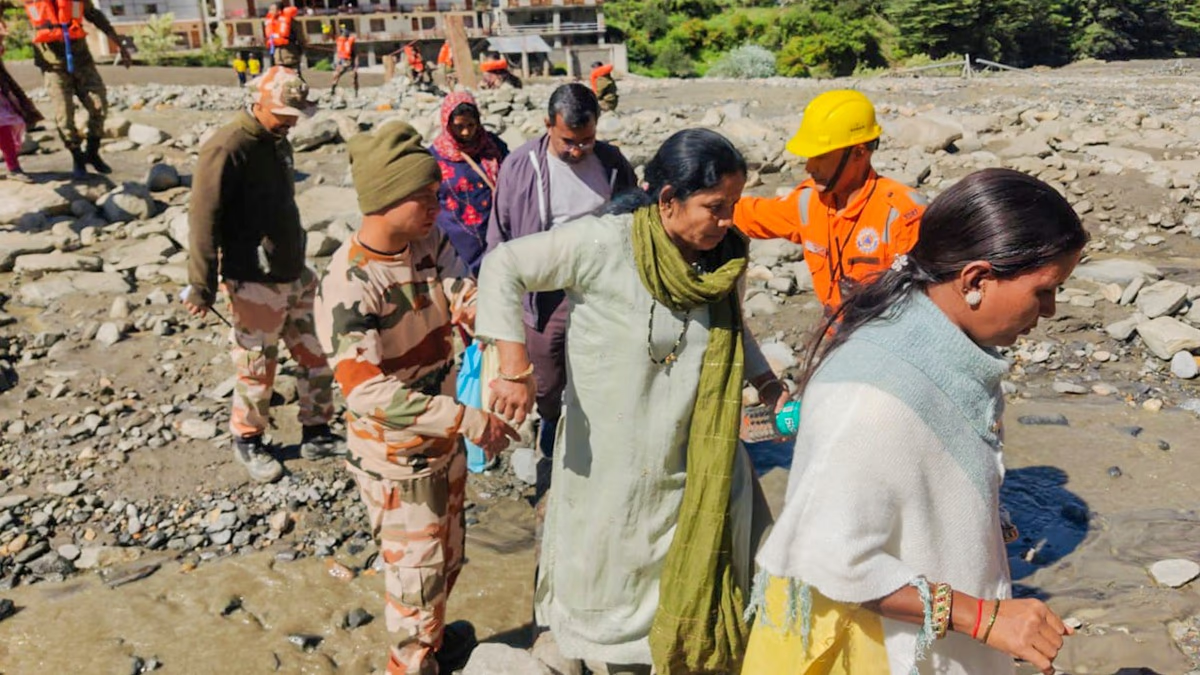When the deluge struck Uttarakhand's Dharali village, leaving devastation in its wake, every tongue echoed a single truth—had the Haldud Mela not taken place that day, the outcome would have been far grimmer. This festival, dedicated to the special worship of Lord Sameshwar during the month of Shravan, inadvertently became a protective shield for the entire village this time. Eyewitness Rajneesh Panwar still tears up recalling that dreadful night. He recounts, 'Everyone was at the Sameshwar deity's temple. We were deep in worship and prayer. Had we not been there, we would have been in Dharali market... and the market was utterly destroyed.'
Most people of Dharali attribute their safety to divine grace, believing the Mela's occurrence brought everyone together in the deity's presence. This unity ensured minimal casualties during the disaster.
What is the Haldud Mela?
Held in the month of Shravan, this traditional festival is the heart of faith for Dharali, Mukhwa, and the surrounding villages. Worship of the Sameshwar deity involves offering rare flowers like Brahma Kamal and Jayan brought from meadows. The first day is marked by night-long rituals and special ceremonies, culminating in the deity’s veneration on the second day.
An iconic image from the disaster's first night, showing villagers fervently praying in the courtyard of Sameshwar's temple, now graces every home in the village as a symbol of faith and gratitude. Dharali's residents believe, 'The earth shook, houses were swept away, markets vanished—but God sheltered His devotees under His protective gaze.' This event underscores how traditions, faith, and communal solidarity can indeed become saviors. Sameshwar's grace will remain indelible in Dharali village’s memories.




